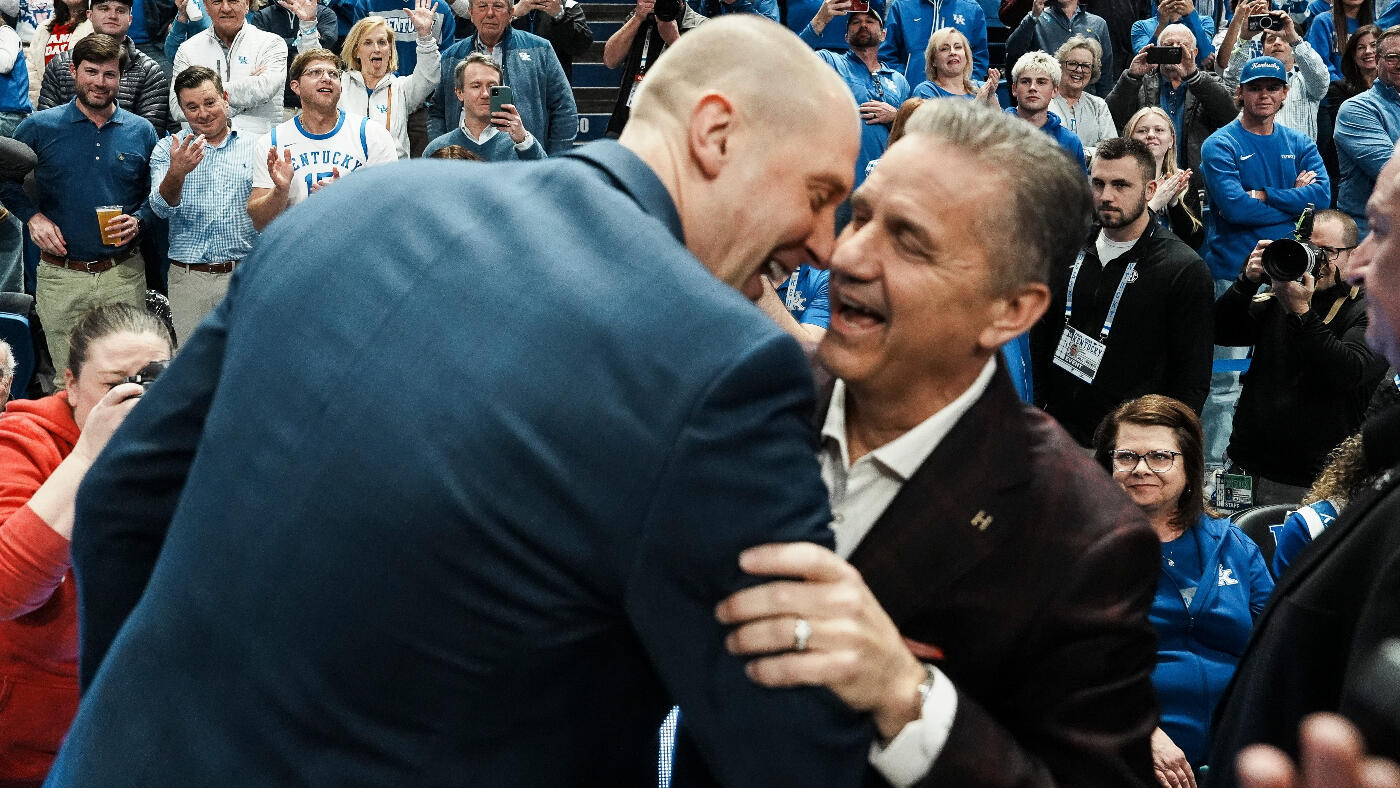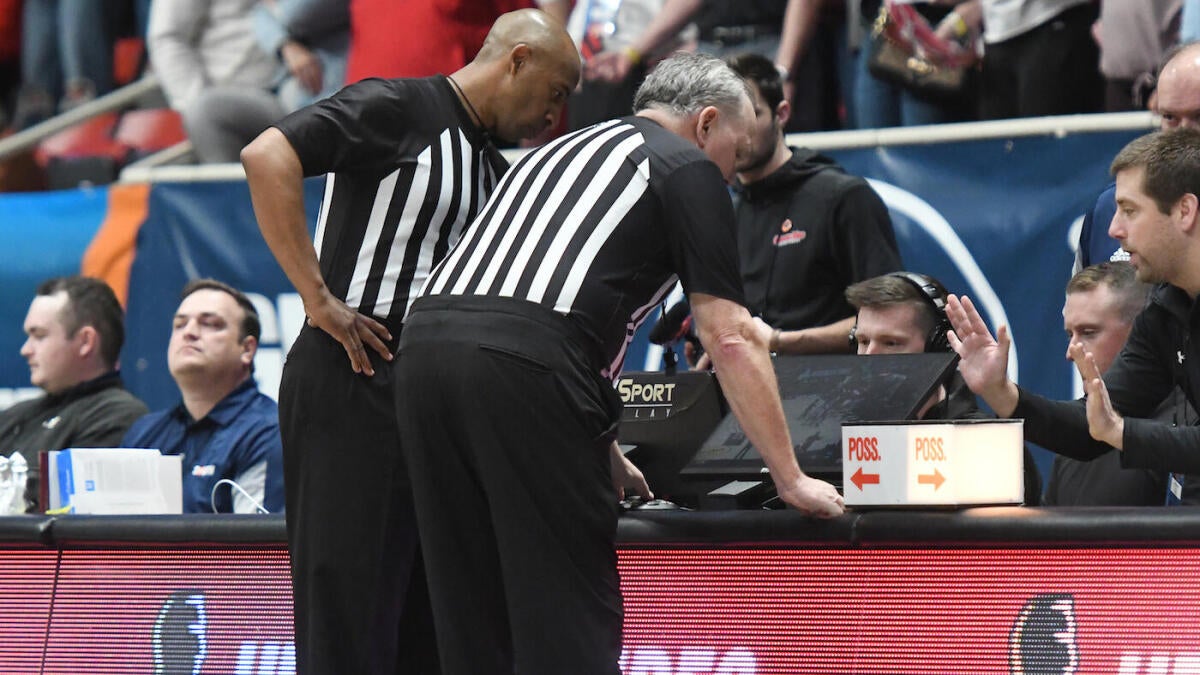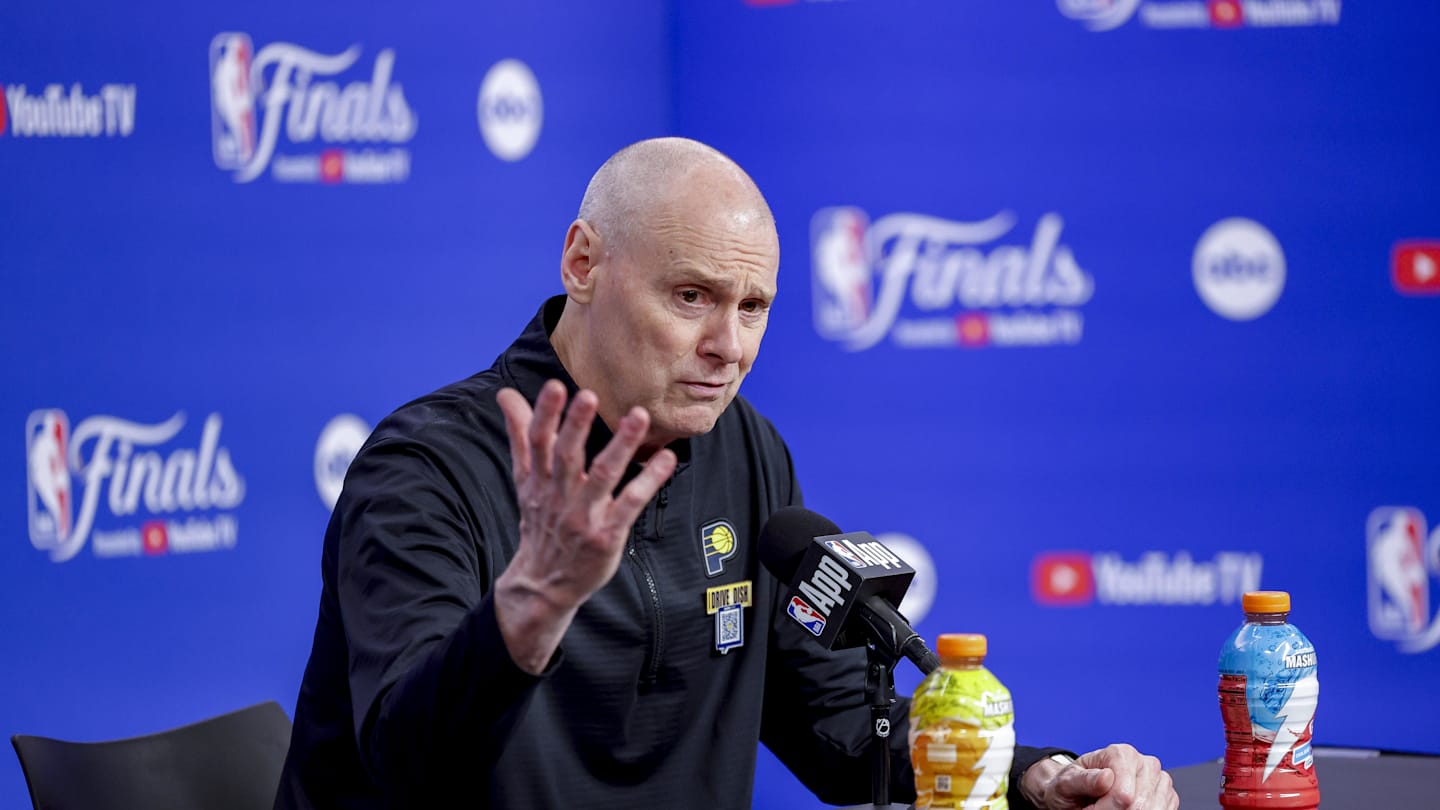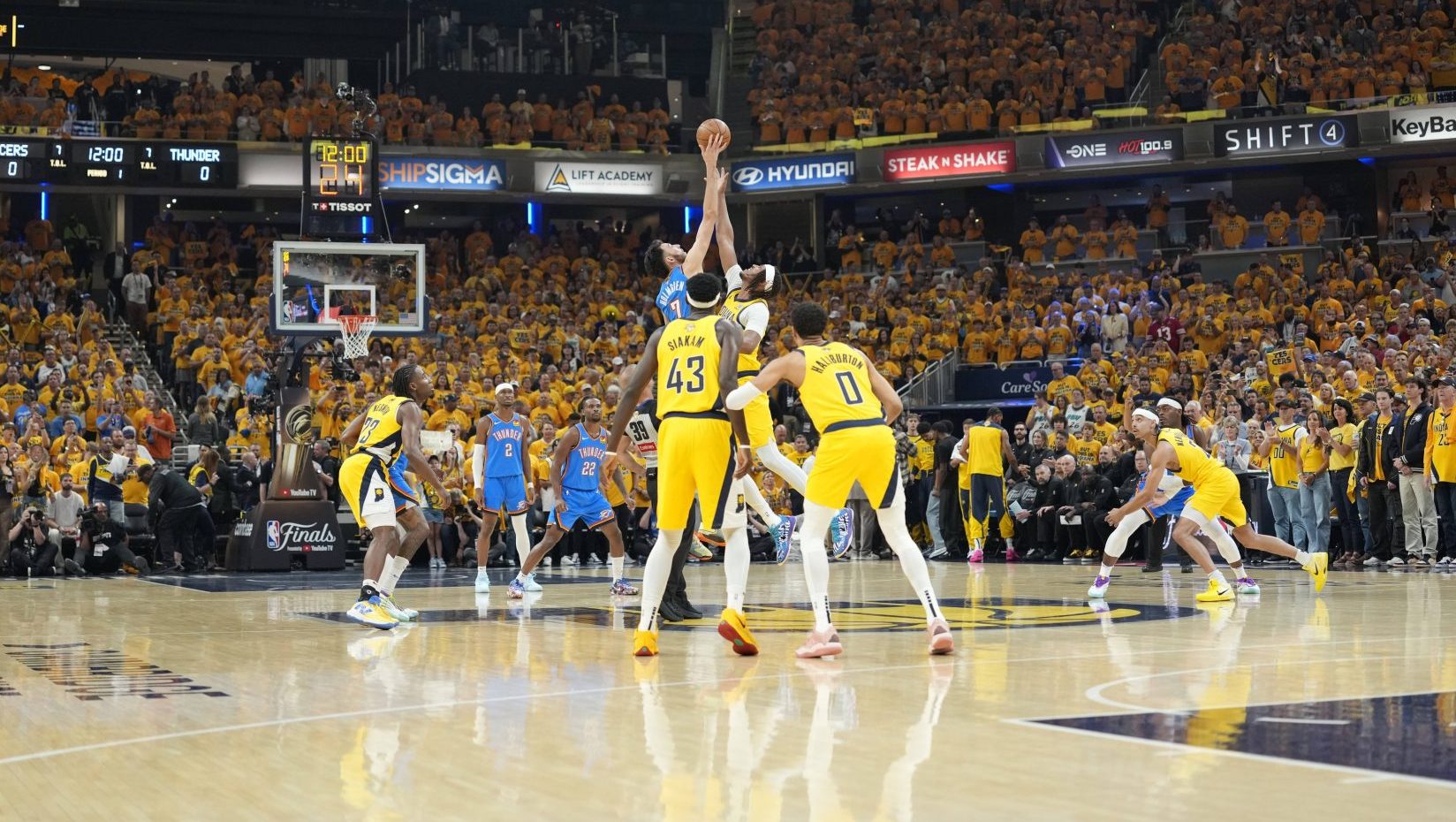Ask college basketball fans what their biggest gripe about the current state of the game is and the most common response would overwhelmingly be about the transfer portal. (Understandably so.)
But if you narrowed down the parameters to on-court issues, the No. 1 culprit would almost certainly be tied to the plague that is the parade of in-game reviews that bog down suspense and suck the drama and urgency out of too many games. Fortunately, we have some positive changes on the way. The NCAA announced Tuesday that its men’s basketball Playing Rules Oversight Panel “approved changes to help enhance the flow of the game” for 2025-26.
The key alteration: Coach’s challenges are coming to college hoops. (Twirl those index fingers in celebration!) Starting next season, any out-of-bounds call, basket interference/goaltending call and/or block/charge whistles in the restricted arc near the rim can be challenged at any point in a game by a coach — with a catch. A coach (and only a coach) can ask for a monitor review if his team has at least one timeout remaining. Each coach is allowed one review at the start of each game and will be given one bonus review if the first challenge is successfully overturned.
An unsuccessful review will result in the loss of a timeout.
This, in theory, should help eliminate some reviews, but it’s not as though they’re going away. College basketball is probably still going to have too many reviews and those reviews are probably going to be a net negative on the product. Tuesday’s vote is a half-measure.
It downgraded a huge problem into a big one. But big is still problematic.
An abundance of tedious monitor reviews isn’t solely a college basketball nuisance (the NBA has its fair share of suffering as well), but it would have been nice to see more ground covered. Officials don’t need to be checking for minuscule game-clock discrepancies outside of, say, the final 15 seconds. (Unless there’s a truly egregious timing error.)
Kentucky, Arkansas to meet just once in 2025-26: John Calipari scheduled to face former team in Fayetteville
Cameron Salerno

But guess what? The zebras are still going to be making routine trips to the monitor all game long.
While out-of-bounds calls are no longer able to be double-checked on the monitor unless a coach challenges the call, we’ll still see officials using instant replay to check for “timing mistakes, scoring errors, shot clock violations, 2-point versus 3-point field goal attempts, flagrant fouls” and more. Some of these reviews are important and unavoidable. Others aren’t and will continue to creep into not just end-of-game scenarios, but stalls much earlier.
That in mind, I’m not one to let perfection be the enemy of progress. Yes, referees are still able to determine of their own volition if a goaltend/basket interference play or a restricted-arc block/charge call are worth further video scrutiny, but at least now those reviews will only be in the final two minutes and overtime.
“Recent data shows these reviews caused minimal game interruptions,” the NCAA’s release states.
The NCAA is also instituting “directives to address delay-of-game tactics, limit time spent at the monitor, improve game administration efficiency and reduce physicality.” I’m skeptical of these directives and how they’ll translate to meaningful change, but am willing to see if a drastic shift in game fluidity arrives for the 2025-26 season. A college basketball game, on average, shouldn’t go longer than two hours. We’ve seen average game time creep north of that in the past few years. Monitor reviews are why.
Taking another page from NBA
That’s not the only notable update from Tuesday. The men’s college game will now have a foul continuation rule, similar to the NBA, that will induce more opportunities for and-1 three-point plays. The exact language reads, “Under the changes to the continuous motion rule, an offensive player who ends his dribble going toward the basket and absorbs contact from the defense will be permitted to pivot or complete the step the player is on and finish the field goal attempt.”
Expect interpretation of this new rule to fluctuate depending on the official. But it’s an overdue update, for sure. As is the amended language for how to administer fouls for contact-to-the-groin plays, which can now be one of three options, as opposed to two.
“Officials will have the option to call a Flagrant 1 foul when a player is contacted to the groin,” the NCAA said. “A Flagrant 1 foul results in two free throws for the offended team and possession of the ball. Previously, officials could only call a common foul or deem it a Flagrant 2 foul, in which the player receives an ejection, and the offended team receives two free throws and possession of the ball.”
So, more room for interpretation, which is good. But guess what these types of ruling will also induce every single time? Monitor reviews.



